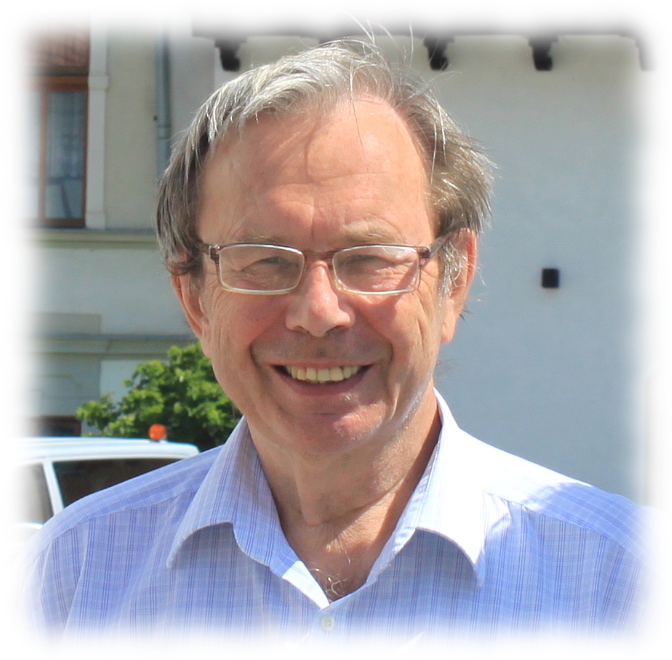Hadron Structure and QCD (HSQCD'2018) Dedicated to the Memory of Lev N. Lipatov (2.05.1940 - 4.09.2017)
Main Conference Hall, NRC KI - PNPI, Gatchina
 An international Conference "Hadron Structure and Quantum Chromodynamics" (HSQCD'2018) is organized by Petersburg Nuclear Physics Institute of National Research Centre "Kurchatov Institute", St. Petersburg State University, St. Petersburg Polytechnic University, V.A. Fock Institute of Physics, Institute of Physics of Slovak Academy of Sciences and Comenius University, Bratislava. It will be held on August 6 - 10, 2018 at Gatchina, a picturesque southern suburb of St. Petersburg, especially wonderful in period of the famous white nights. Plenary and parallel sessions will be carried out at the site of Petersburg Nuclear Physics Institute NRC KI, Gatchina. The aim of this Conferences is to review the recent progress in the hadronic physics, QCD, the Standard Model and its generalizations.
An international Conference "Hadron Structure and Quantum Chromodynamics" (HSQCD'2018) is organized by Petersburg Nuclear Physics Institute of National Research Centre "Kurchatov Institute", St. Petersburg State University, St. Petersburg Polytechnic University, V.A. Fock Institute of Physics, Institute of Physics of Slovak Academy of Sciences and Comenius University, Bratislava. It will be held on August 6 - 10, 2018 at Gatchina, a picturesque southern suburb of St. Petersburg, especially wonderful in period of the famous white nights. Plenary and parallel sessions will be carried out at the site of Petersburg Nuclear Physics Institute NRC KI, Gatchina. The aim of this Conferences is to review the recent progress in the hadronic physics, QCD, the Standard Model and its generalizations.
The joint Conference unifies the series of two Conferences: "Hadron Structure" held in Slovakia from 1973, and "Hadron Structure and QCD" held in St. Petersburg from 2004. Now the joint Conference is carried out annually, in the odd years in Slovakia and in the even years in Russia. The first joint Conference HS’07 was held in Slovakia, 2007.
The physics topics of the Conference include:
- perturbative QCD, DGLAP- and BFKL-evolutions
- polarized and nonpolarized parton distribution functions
- Pomeron, hard diffraction and small-x physics
- heavy-ion collisions, quark-gluon matter
- nonperturbative QCD, lattice computations, chiral model of hadrons
- hadron spectroscopy, exotic states
- physics of the LHC and future colliders
- precision tests of the Standard Model, extensions of the Standard Model
- neutrino physics
Main HSQCD'2018 website: http://hepd.pnpi.spb.ru/~hsqcd